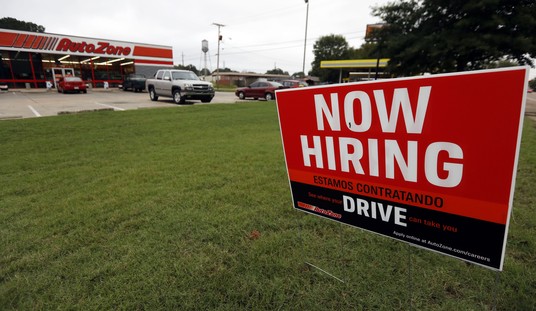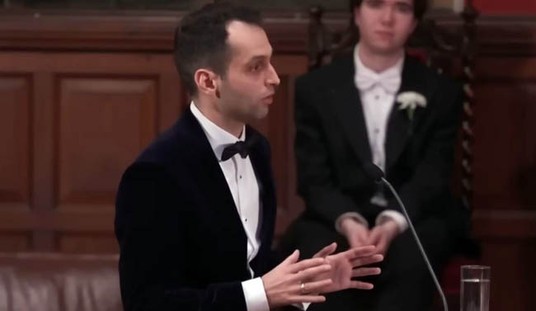I am mystified as to why I am supposed to interpret this as a bad thing.
Gains made in the last four years to build dozens of renewable energy projects on public lands and create a regulatory framework for offshore wind production in the United States could be stymied by the large federal budget cuts scheduled to begin Friday as a result of the so-called sequester, outgoing Secretary of the Interior Ken Salazar said Tuesday.
Speaking before a crowd of about 300 gathered at the opening of the Offshore Wind Power USA conference in Boston, Salazar said the effect of the cuts would be akin to an “almost 10 percent cut across the Department of Interior for this fiscal year” — but shoehorned into the next seven months.
“It’s almost the equivalent amount of money as what we have to power the entire Bureau of Land Management and all its functions,” Salazar said.
Salazar’s warning sounded an alarm similar to Energy Secretary Chu’s message to the Senate Appropriations Committee earlier this month, lamenting the effect the spending cuts will have on clean energy programs: We simply cannot let sequestration stand because we must protect our green “investments” at all costs, and failing to do so would be a national travesty. (Oh, trillion dollar deficits what? Meh).
The Department of Energy works across energy sectors to reduce the cost and speed the adoption of clean energy technologies. These efforts range from cost-competitive high-efficiency solar installations to carbon capture and storage to next generation biofuels and high-efficiency vehicle technologies. Under sequestration, funding reductions would decelerate the Nation’s transition into a clean energy economy, and could weaken efforts to become more energy independent and energy secure, while spurring overall economic growth.
Keep in mind, by the way, that the Department of Energy’s budget has ballooned by 43 percent… in just ten years:
In fiscal year 2002 (Oct. 1, 2001 – Sept. 30, 2002), outlays for the Energy Department were $17,772,000,000, according to the Final Monthly Treasury Statement for fiscal year 2002. Adjusted for inflation, that would be $22,681,180,000 in 2012 dollars, according to the Bureau of Labor Statistics inflation calculator.
For fiscal year 2012 (Oct. 1, 2011 – Sept. 30, 2012), outlays for the Energy Department were $32,485,000,000, according to the Final Monthly Treasury Statement last September. That’s an increase of 43.2 percent for the last decade in real inflation-adjusted dollars.
Nevermind that the all that extra money that the Energy Department receives these days has been frivolously and/or cronyish-ly disbursed in the oh-so-noble mission of green venture socialism, nor that the Department of Interior regularly blows our money on spectacularly mismanaging the one-third of the United States’ surface area of which they refuse to cede any control. But, sequester or no sequester, I’m sure they’ll somehow manage to soldier on and keep their bloated bureaucracies’ eyes on the prize:
In a speech Tuesday to the Offshore Wind Power USA Conference, Interior Secretary Ken Salazar touted his department’s progress in approving solar, wind and geothermal projects “and transitioning from planning to commercial leasing for offshore wind.” …
The tax arguments are not new for a clean-energy resource. Onshore wind proponents lobbied hard for an extension of their prized production tax credit during the fiscal-cliff negotiations at the end of 2012. The agreement included a one-year patch for the investment tax credit — which is more beneficial to offshore wind developers because of their projects’ larger size — in addition to a modification allowing companies to claim the benefits once they begin construction, rather than when they start generating electricity. …
The Energy Department also is working to propel projects beyond the research-and- development stage, leading a competitive demonstration program that will fund up to three finalists to advance their wind farms to the commercial stage by 2017.
I suppose that permitting and leasing areas for really any energy development is the most innocuous thing the Interior Department can do, if the requests are coming from private-sector companies and they’re doing so unbiasedly (although I wish that oil-and-gas permitting processes got the same “streamlining” treatment these past four years, hmm), except that that isn’t all the Obama administration does — not by a long shot.
Again, I have absolutely nothing against wind energy, or any private company trying to invest in and compete with alternative energy ventures in the free market. I have everything against the federal government repeatedly using our money to go out on a limb for these ‘green’ energy industries and lobbies. It is not the federal government’s job to pick economic winners and losers — and the very fact that the federal government has to identify something as a winner, is probably a pretty good indication that it’s a loser.









Join the conversation as a VIP Member